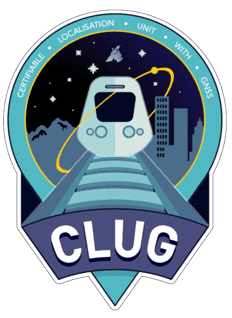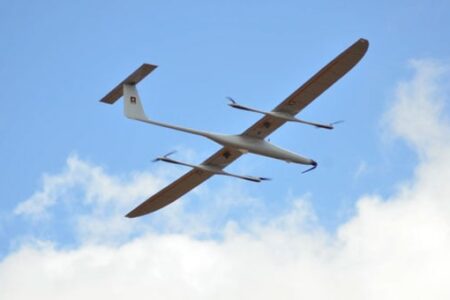The European Union’s Certifiable Localization Unit with GNSS (CLUG) project aims to bring GNSS localization to railways across the continent. The project goal is to assess the creation of a failsafe on-board localization unit using GNSS that will be interoperable across the entire European railway network.
With the digitalization of transport services, train localization in real time has become increasingly important for the European railway sector and European travelers. Currently, the position of the train for signaling purposes is based on trackside equipment such as track circuits or axle counters, which are mounted devices at specific intervals along the railway track.
The project began in January 2020, with results expected in December.
A large consortium signed on to the project: railway companies (SNCF, DB NETZ and SBB), railway signaling industries (CAF and Siemens), navigation specialists (Airbus Defense and Space, Naventik, FDC), a research institute (ENAC) and a certification expert (Navcert).
 CLUG builds on the use of GNSS coupled with other sensors, such as inertial measurement units (IMUs) and odometers, to provide continuous and accurate train localization that could be integrated into the future European Rail Traffic Management System (ERTMS). By improving localization, the project will offer a better customer experience to all European travelers.
CLUG builds on the use of GNSS coupled with other sensors, such as inertial measurement units (IMUs) and odometers, to provide continuous and accurate train localization that could be integrated into the future European Rail Traffic Management System (ERTMS). By improving localization, the project will offer a better customer experience to all European travelers.
CLUG will assess the creation of a failsafe onboard localization unit with the four following characteristics:
- A failsafe onboard multi-sensor localization unit will consist of a navigation core (IMU, tachometer, etc.) brought in reference using GNSS, track map, and a minimal number of reference points
- An onboard continuous localization system will provide location, speed and other dynamics of the train
- It will be operational and interoperable across the entire European rail network;
- It will be compatible with the current ERTMS or its future evolutions.
Two different inertial navigation systems were selected for the CLUG project, both from SBG Systems. First, the Apogee-D is an all-in-one inertial navigation system (INS) integrating a tri-frequency GNSS receiver providing high-accuracy attitude (0.008°), true heading (0.015°) and position.
The second is the Ekinox-E, an externally-aided INS that can be connected to an external GNSS receiver. It delivers an attitude up to 0.02° in real-time, and in the CLUG project is coupled with a GNSS receiver for true heading (0.05°) and continuous position in case of GNSS outages.
The CLUG team also connected an odometer to both INS for even higher performance, especially in long tunnels.
For this particular application, CLUG uses the INS raw data and an algorithm designed by Airbus Defense and Space to generate the train’s localization, and employs the Apogee inertial and GNSS data post-processed as a reference for the testing phase.
Like all SBG inertial sensors, Apogee-D and Ekinox-E benefit from an extensive testing, screening, and calibration process. Each sensor is individually calibrated from –40 to 85°C and is shipped with its calibration report. Sensors are tested, and only those that meet specifications are delivered. This process ensures the highest level of reliability.
Apogee and Ekinox INS provide real-time fused data but also enables post-processing from an integrated data logger. Post-processing can be done with SBG’s in-house PPK software Qinertia. Qinertia offers a unique VBS feature that automatically includes multiple publicly available sources of corrections in the post-processed solution. Thus, VBS transforms the corridor mapping operations of hundreds of kms of railways into a seamless task.




